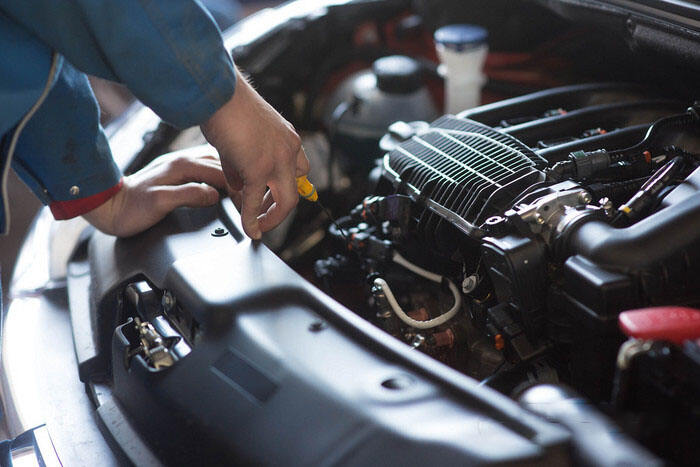4J82 expanded alloy is mainly composed of iron, nickel, cobalt and other elements, of which the iron content accounts for the majority, about 60%-90%. In addition, the alloy also contains a certain amount of titanium, aluminum, manganese and other elements. The addition of these elements causes the alloy to precipitate dispersed intermetallic compounds during the heat treatment process, thus improving the mechanical properties and thermal expansion coefficient of the alloy.
Specifications | In stock, can be customized according to customer requirements |
Form | Strip, plate, rod, wire, tube |
Classification | Expanded alloy |
1)Chemical Composition
Alloy | C≤ | S≤ | P≤ | Mn≤ | Si≤ | Ni≤ | Cu≤ | Mo | WW |
4J78 | 0.05 | 0.020 | 0.020 | 0.40 | 0.30 | 32.1-33.6 | 1.50 |
|
|
4J80 | 0.05 | 0.020 | 0.020 | 0.40 | 0.30 | 28.5-29.5 | 1.50-2.50 | 9.50-11.0 | 9.50-11.0 |
4J82 | 0.05 | 0.020 | 0.020 | 0.40 | 0.30 | Balance |
| 17.5-19.7 |
|
3)Mechanical properties
Density(g/cm³) | Magnetic permeability | Tensile strength/MPa | Yield strength/MPa | Elastic modulus/MPa | Elongation rate/% | Cup protrusion value | Electrical resistivity/ μ Ω · m | Density/g · cm3 | Thermal conductivity |
8.0 | ≤ 1.2513 | 784 | 318.5 | 220*600 | 53 | 12.6 | 1.00 | 9.23 | 20 ℃-15.90; 300 ℃ 17.16; 600 ℃ 21.77 |
4J82 expanded alloy platesare widely used in the electronics industry to manufacture precision electronic components and thermal compensation components in electronic equipment.
4J82 expanded alloycan be used to manufacture contacts, conductive rings, and other components of high-voltage switches.
4J82 expanded alloycan be used to manufacture key components such as optical cable connector boxes and optical fiber adapters in the communications field.
4J82 expanded alloyis used to manufacture key components such as rocket engine injectors and aircraft instrument panels due to its high precision and stable thermal expansion coefficient, improving the safety and reliability of aircraft.
4J82 expanded alloycan also be used in petrochemicals, medical equipment, the automobile industry, and other fields. For example, it is used in the petrochemical industry to manufacture high-temperature pipelines and pressure vessels; in medical equipment, it is used to manufacture implants and medical equipment that are in contact with the human body.

The manufacturing process of stainless steel and alloys involves multiple steps to transform raw materials into flat,rectangular sheets or plates made of stainless steel and alloys. Here are a few key steps for stainless steel and alloys:

Molten stainless steel and alloys are cast into large ingots or billets through a casting process.

During the hot rolling process,the thickness of the steel ingot is gradually reduced and elongated to form long strips or coils.

Annealing involves heating stainless steel and alloys to a specific temperature and then slowly cooling it.

Cold rolling is carried out through rolling mills to reduce thickness to meet customer specifications.
Wuxi Walmay Metal Co,Ltd is a comprehensive processing group of Alloy Steel、Forged Parts Fitting、Titanium Alloy、Stainless Steel、Special Welding Wireseries, and more than 800 specifications.
Our group has been engaged in the domestic and global market for more than ten years with rich steel experience and can offer professional advice for customers inapplications with different materials.
Machine cutting
Sheet cutting
plasma cutting
Dynamic waterjet cutting
sawing
Plank leveling
polishing
laser cutting
laser cutting
production cutting
Long product cutting
Bar and structural cutting
polishing
Heat treatment and annealing: Wuxi Walmay Metal can heat treat certain 400 series stainless steels.
Material Reliability Identification (PMI): Wuxi Walmay Metal can complete this testing in-house.
Ut Testing: Ultrasonic testing (UT) uses high-frequency sound energy to inspect and measure stainless steel products.
Our professional sales team answers your questions within 24 hours.
Copyright © Wuxi Walmay Steel Co.,Ltd All Rights Reserved